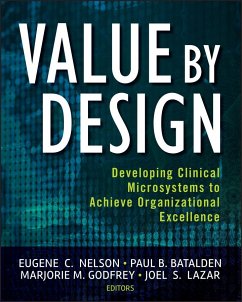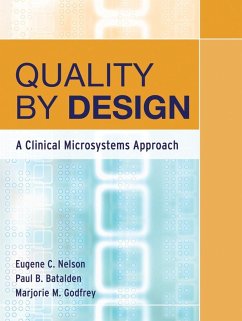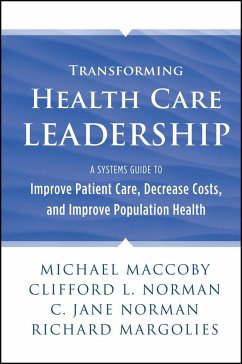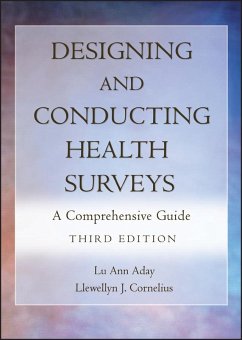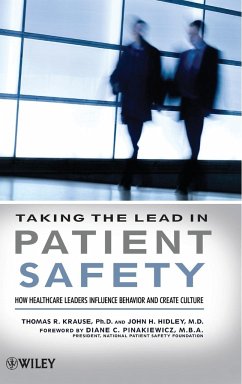
Value-Based Health Care
Linking Finance and Quality
Versandkostenfrei!
Versandfertig in über 4 Wochen
66,99 €
inkl. MwSt.
Weitere Ausgaben:

PAYBACK Punkte
33 °P sammeln!
Value-Based Health Care Linking Finance and Quality Yosef D. Dlugacz Value-Based Health Care? Value-Based Health Care?concisely explains the mandate to successfully link health care quality and finance and describes the tools to implement strategies for organizational success. Yosef Dlugacz provides many illustrative real-world examples of process and outcomes of the value-based approach, taken from a wide range of health care settings. Perfect for students preparing to enter health care management or for practicing health care leaders and professionals, this book is a vital guide to approache...
Value-Based Health Care Linking Finance and Quality Yosef D. Dlugacz Value-Based Health Care? Value-Based Health Care?concisely explains the mandate to successfully link health care quality and finance and describes the tools to implement strategies for organizational success. Yosef Dlugacz provides many illustrative real-world examples of process and outcomes of the value-based approach, taken from a wide range of health care settings. Perfect for students preparing to enter health care management or for practicing health care leaders and professionals, this book is a vital guide to approaches that ensure the health of patients and health care organizations alike. Praise for Value-Based Health Care "Value-Based Health Care provides leaders and quality experts with the much needed roadmap for linking cost and quality. This book will help your organization thrive in today's ultra-competitive environment." -Patrice L. Spath, health care quality specialist and author of Leading Your Health Care Organization to Excellence and Error Reduction in Health Care: A Systems Approach to Improving Patient Safety "Yosef Dlugacz provides an essential overview of how staff, administrators, and clinicians can create not just a culture but a gestalt of quality health care delivery. . . .given the national debate over access, cost, and quality, the book could not be more timely." -Theodore J. Joyce, PhD, professor of economics and finance, academic director of the Baruch/Mt. Sinai MBA Program in Health Care Administration, and research associate, National Bureau of Economic Research "Dr. Dlugacz's?case studies and action plans provide great insights and workable solutions to provide safe and effective patient care. It is a welcome resource as we sit on the?advent of health reform." -Kathy Ciccone, executive director, Quality Institute of the Healthcare Association of New York State



